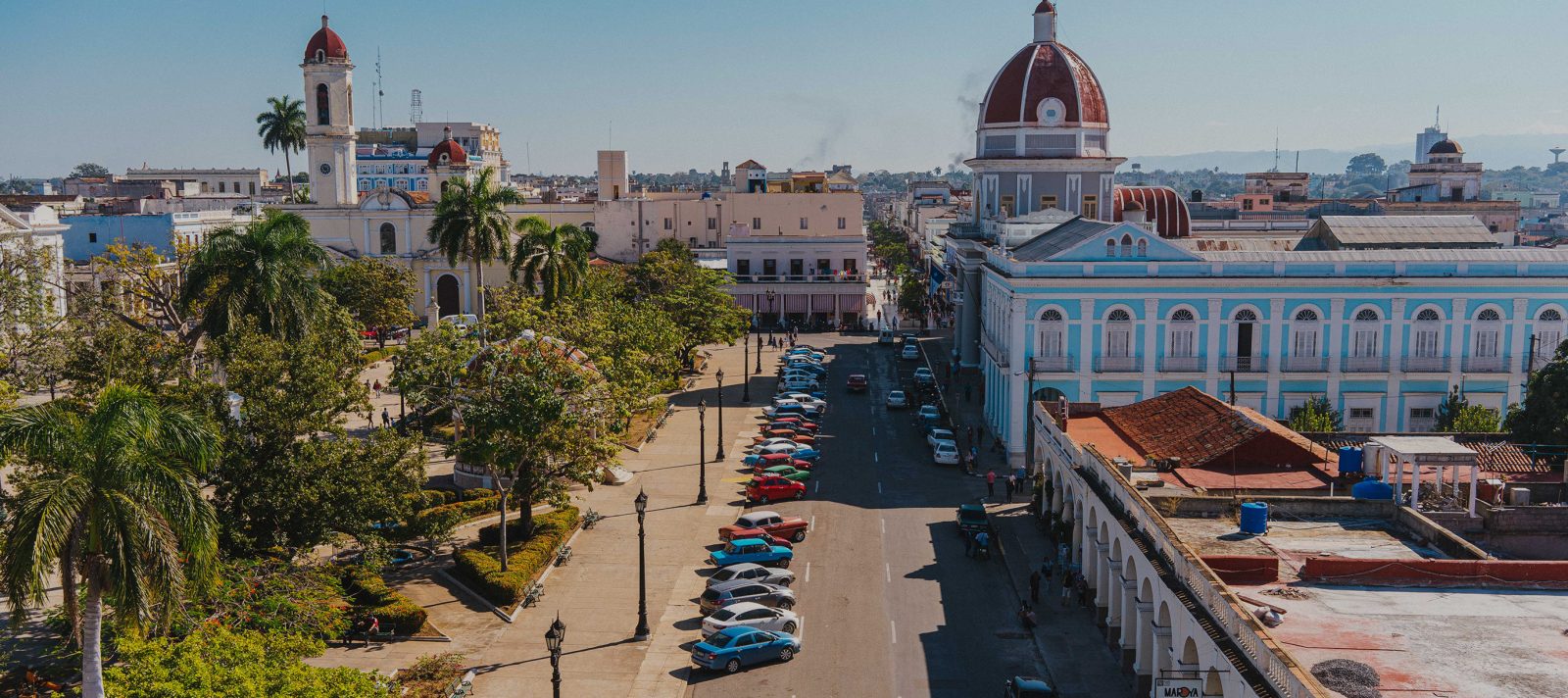
Consider Cuba’s Black Market before you Order Food
You won't find beer and lobster in Cuba's independently-run paladares, where locals are often forced to turn to the black market for basics.



Cienfuegos is referred to as “the Paris of the Caribbean”. That’s a stretch.
Cuba’s Perla de la Sur (Pearl of the South) was settled by French immigrants in the early 19th century and developed in neoclassical style. You’d stop here for a night or so if you dig colonial architecture or are interested in its history as a trade centre for sugar cane, tobacco, coffee and mangos.
Read more
Set on a natural bay, Cienfuegos’ centre has been Unesco World Heritage listed since 2005. Its main hub is Parque Jose Marti, a square surrounded by pastel-hued buildings of interest with stunning domes, archways and mosaic work. There’s even a mini replica of the Arc de Triomphe.
The best vantage point is from the top of the spiral staircase of Palacio Ferrer, a powder-blue palace built by a wealthy sugar baron in the early 1900s. For 2 CUC you can look out across the square and imagine what it must have been like rich and important a century ago in Latin America.
Personally, I prefer hanging out with locals who pump music and flirt as the sun sets over the malecon, or eat ice cream at Coppelia (the state-run chain founded by Fidel Castro) with the enthusiasm of someone who’s been living off prison gruel. Fried street snacks are also fun here, especially churros; snakes of dough piped into hot oil, cut with scissors and stormed with sugar before being served in a paper cone for 10 CUP (about $0.50 AUD).
Subscribe to the food newsletter that goes deeper.

You won't find beer and lobster in Cuba's independently-run paladares, where locals are often forced to turn to the black market for basics.